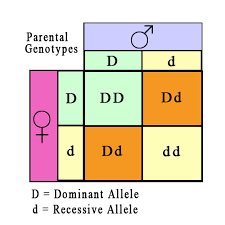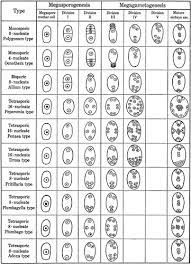TRAINING - OBJECTIVES, TYPES OF TRAINING
TRAINING
Definition:
When a plant is tied, fastened, staked or supported over a trellis or pergola in a certain fashion or some of its parts are pruned with a view to giving the plants a frame work the operation is called training.
Objective of training:
- To admit more light and air to the centre of the tree and to expose maximum leaf surface to the sun.
- To direct the growth of the tree so that various cultural operations, such as spraying and harvesting can be done at the lowest cost.
- To protect the tree from sun burn and damage.
- To secure a balance distribution of fruit bearing parts on the main limbs of the tree.
Methods of
training:
OPEN
CENTRE:
In this system the main stem is
allowed to grow only up to a certain height and the leader stem is pruned to
encourage scaffold branches production. This system is also known as
vase-shaped system.
CENTRAL
LEADER:
In this system a tree is trained
to form a trunk which extends from the surface of the soil to the top of the tree.
This system of training is also known as closed centered one.
MODIFIED
LEADER:
It is intermediate between the
open Centre and central leader. This is developed by first training the trees to
the leader type by allowing the central axis to grow unhampered for the first
four or five years. The central stem is then headed back and lateral branches
are allowed to grow as in the open system.
ESPALIER
SYSTEM:
Plants are trained to grow flat
on trellis or on horizontal wires by training the branches perpendicularly to
the main stem on both the sides and trained horizontally on to wires. Plants trained
in this system are called ‘espaliers’. An espalier with on shoot or two shoots
growing in opposite or parallel directions are called as ‘cordon’.
Difference:
|
s.no |
Open central system |
Central leader system |
|
1 |
It admits more sunlight and
enables the fruit to attain good colour. |
It is not possible to get a better
coloured fruit as it does not permit more sunlight. |
|
2 |
It forms lesser number of scaffold
branches and they are more likely to split at the crotches. |
It permits the formation of number
of scaffold branches and hence less likely to split at the crotches. |
|
3 |
Trees are more fruitful in all
directions. |
Branches at the top are more
fruitful than the lower branches, which remain more or less shaped. |
|
4 |
It facilitates operations like
spraying, thinning and harvesting. |
Operations like spraying, thinning
and harvest are comparatively difficult. |
Introduction to horticulture 8th edition author N.Kumar





Comments